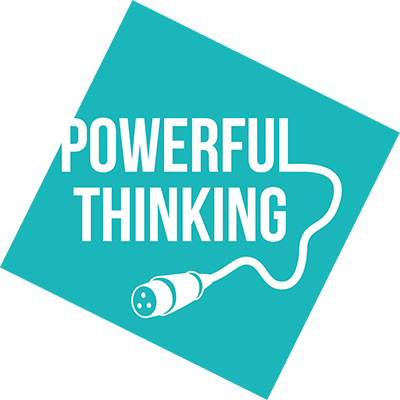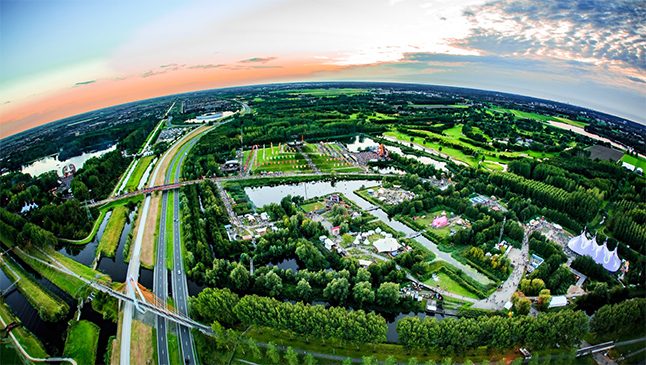Mysteryland: Significant energy savings in first year as a weekend festival
Mysteryland is the longest running electronic music festival in the world; 2016 sees the 23th edition of the event. The festival has a capacity of 60,000 visitors per day. Mysteryland was founded by ID&T who have an international portfolio of world-renowned events including Sensation, Amsterdam Open Air, Welcome to the Future, and Amsterdam Music Festival. Up until 2014, Mysteryland was a one-day event, but in 2015 ID&T had the opportunity to expand the festival to a full weekender with camping.
As well as changing Mysteryland’s format, ID&T challenged itself in increasing the length and scope of the festival while reducing its environmental impact and maintaining its profitability through energy savings and efficiency. They set out to run the new campsite on 100% biodiesel, and decreased both diesel and power equipment use across the entire site.
ID&T takes the sustainability of its shows seriously: they have been awarded the highest rating for sustainability by A Greener Festival for their Welcome to the Future Festival and have been using the Julie’s Bicycle IG creative green tools to measure and record their impacts for the last three years across their portfolio. ID&T also works with the Amsterdam Dance Event to organize ADE Green: an international conference focused on sustainability and social change.
ID&T‘s commitment to creating greener events meant that they wanted to improve sustainability further for Mysteryland’s new weekend format, so they worked with ZAP Concepts, a sustainable events consultancy, to create and roll out a ‘Smart Power Plan’ to achieve their goals for energy efficiency and budget.
ZAP concepts worked closely with ID&T management, crew, and suppliers to create the Power Plan. The preparation phase was vital, it involved dividing the site into ‘Power Zones’ and calculating the power that would be needed in each zone by meticulously collecting exact energy requirement data from artists, production teams, and concessions located there — this included timings so that that the maximum power could be achieved at any given moment.
Mysteryland is a complicated site with many areas spread out as small islands, which meant it wasn’t straightforward when ensuring that each area had sufficient power. Using the power inventory from the preparation phase, ZAP Concepts planned the most efficient generator configuration for each zone and created a detailed plan for each generator’s run time with a start/stop time allocated for each generator per day for onsite crew to follow. During the construction phase of the plan, the crew were briefed on start/stop times and generators were thoroughly tested to ensure reliability.
During the show, it was proved to be vital to have a technical crew onsite to ensure that the generators were running efficiently and to problem-solve any issues. Fuel deliveries were also checked to verify that Mysteryland was receiving the amount agreed — as fuel quantities can often be less or more which skews measurements of fuel consumption. As part of the ‘Load Out’ phase of the Power Plan, steps were taken to ensure that all generators were turned off promptly after the show, as it is common for crew to forget to do this in their rush to finish the shift.
The Power Plan was a success in achieving ID&T’s aims: From 2014 to 2015 they reduced diesel consumption by 30% per visitor day (pvd) — from 0.56 liters to 0.38 liters, and total diesel use was reduced by 25%. Power needed for the festival was reduced by an impressive 40% from 2014 to 2015, from 0.15kWh (pvd) in 2014 to 0.08 kWh in 2015. The campsite was entirely powered on biodiesel and biodiesel use was increased by 15% across the entire site.
For the 2016 Mysteryland festival, ID&T aims to further increase efficiencies, reduce energy and diesel use, and increase biodiesel use. For the 2015 festival, both ID&T and ZAP Concepts agreed that using FAME biodiesel across the site was too risky in terms of reliability. They had experienced technical issues with FAME biodiesel and there were doubts about the sustainability of the provenance of some sources. They are now searching for biodiesel from reliable sources and are committed to checking the provenance with Greenpeace to ensure it is the best sustainable alternative for fossil fuel.

